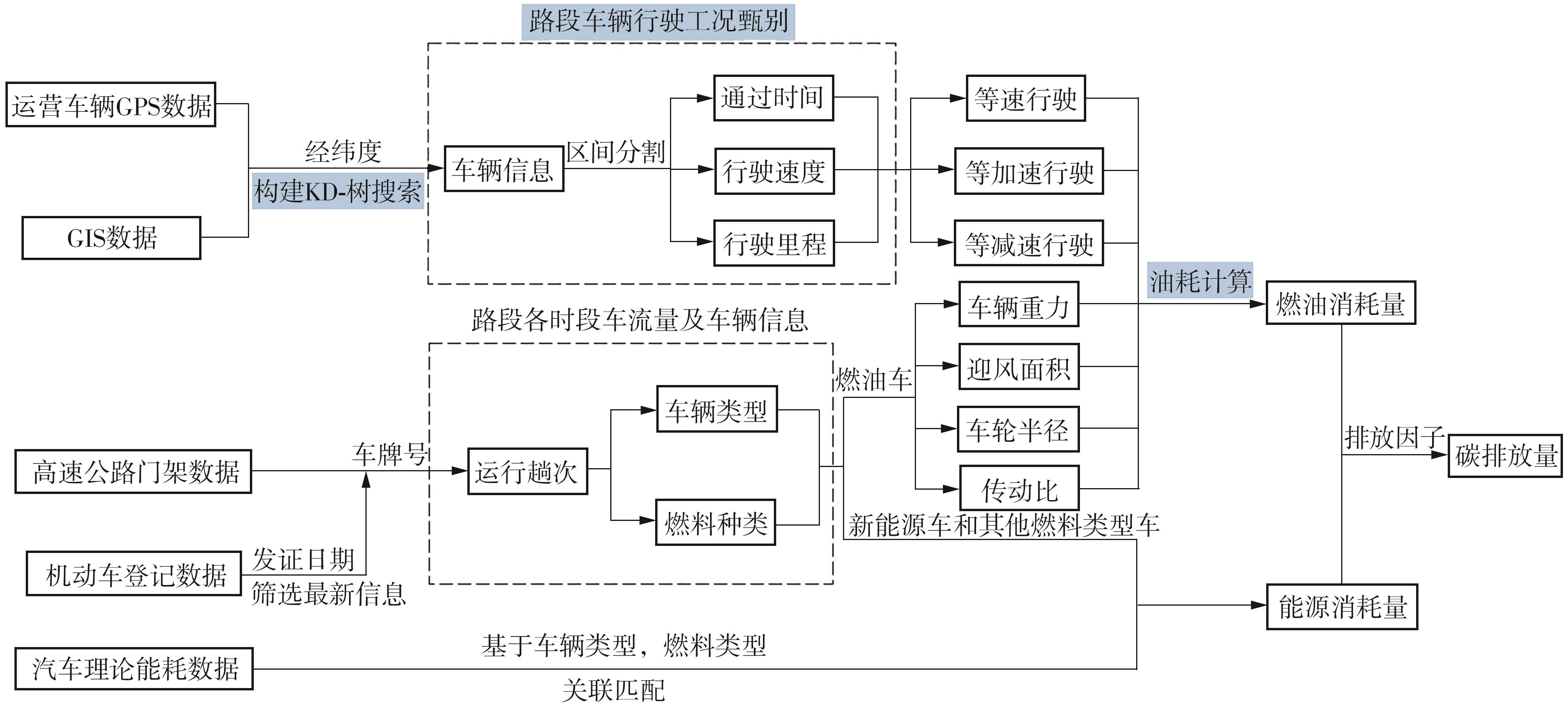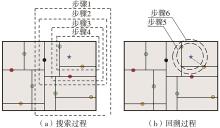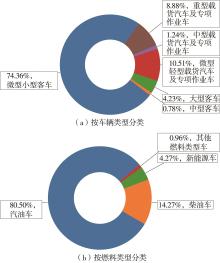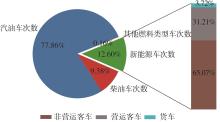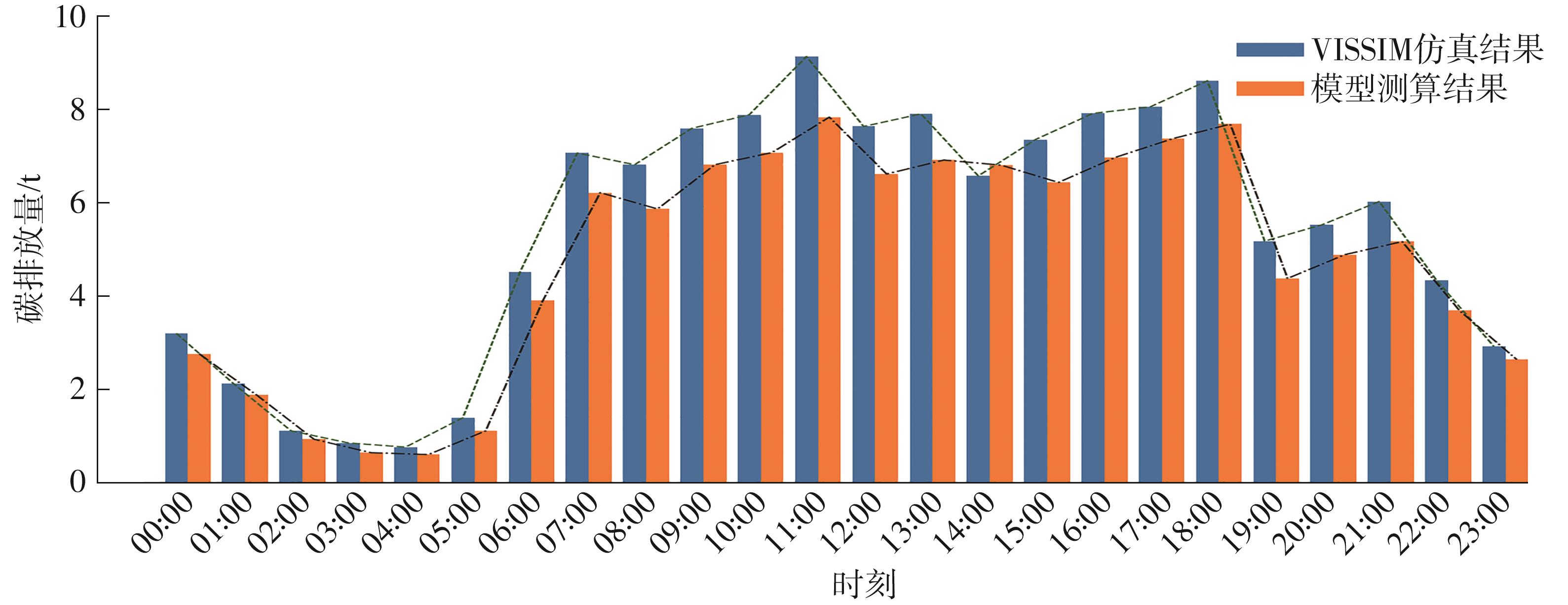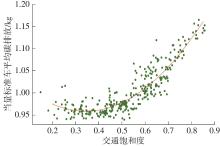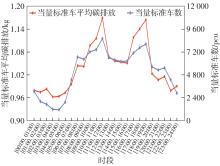Journal of South China University of Technology(Natural Science Edition) ›› 2023, Vol. 51 ›› Issue (7): 100-108.doi: 10.12141/j.issn.1000-565X.220627
Special Issue: 2023年交通运输工程
• Traffic & Transportation Engineering • Previous Articles Next Articles
Precise Calculation Method of Traffic Carbon Emission in Expressway Segment Integrating Multi-Source Data
LIN Peiqun1 ZHANG Yang1 LUO Zhiqing1 LIN Xukun1,2 ZHOU Chuhao1
- 1.School of Civil Engineering and Transportation,South China University of Technology,Guangzhou 510640,Guangdong,China
2.Comprehensive Planning Division,Department of Transportation of Guangdong Province,Guangzhou 510101,Guangdong,China

